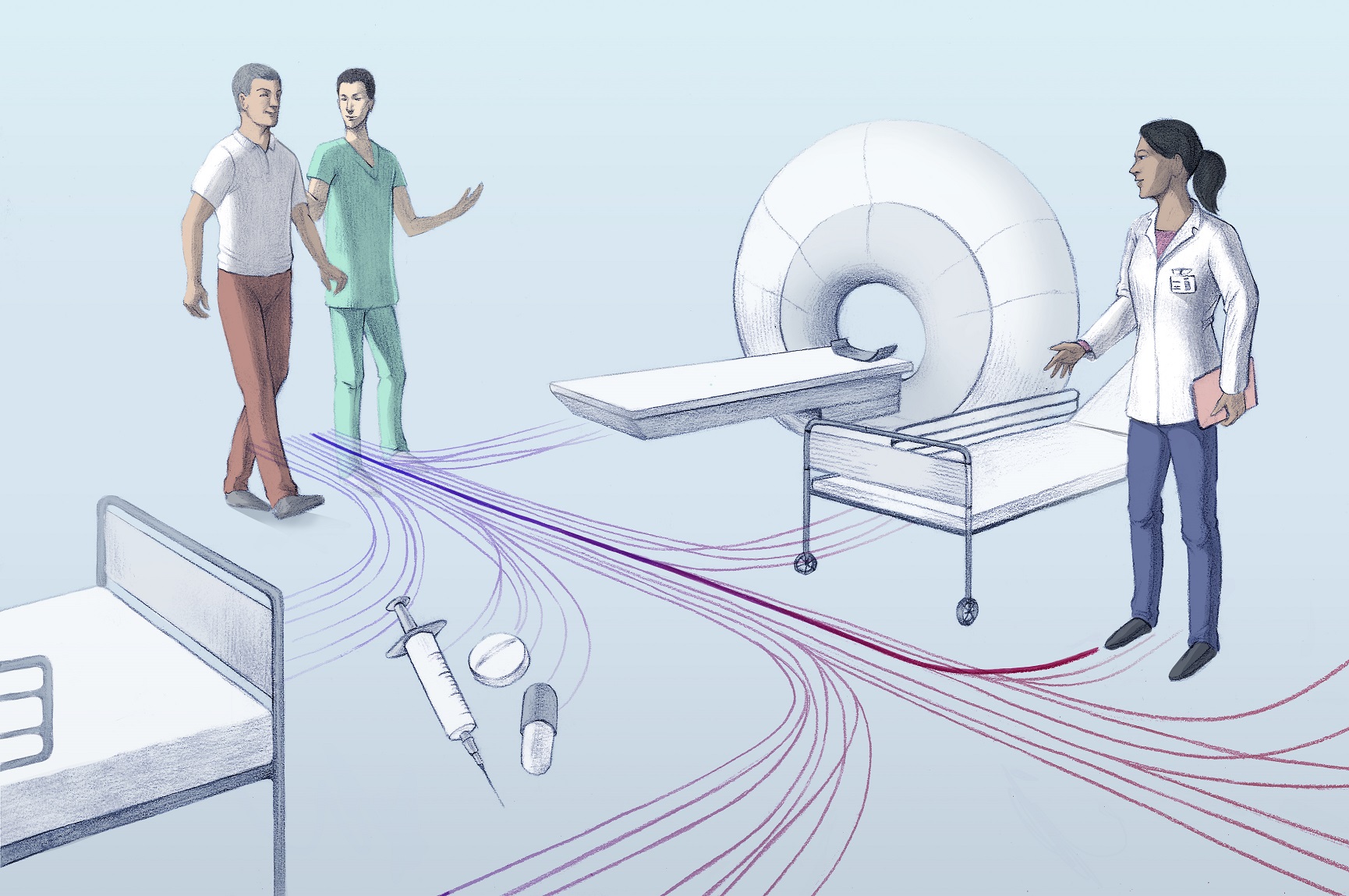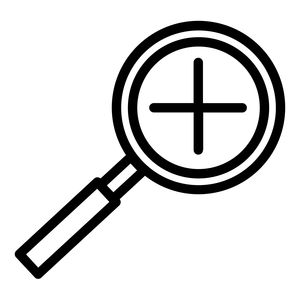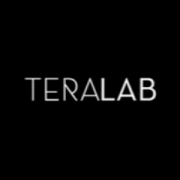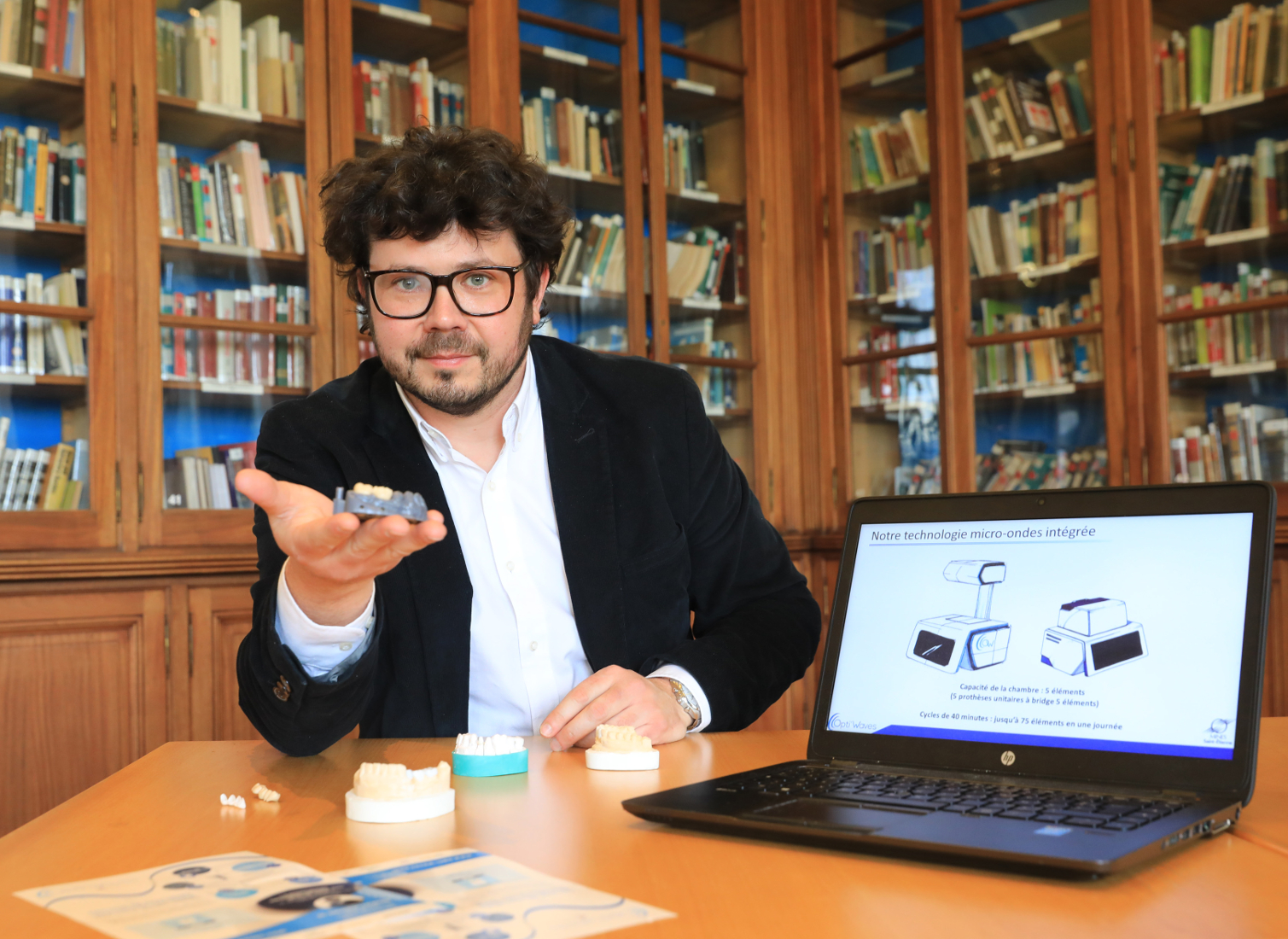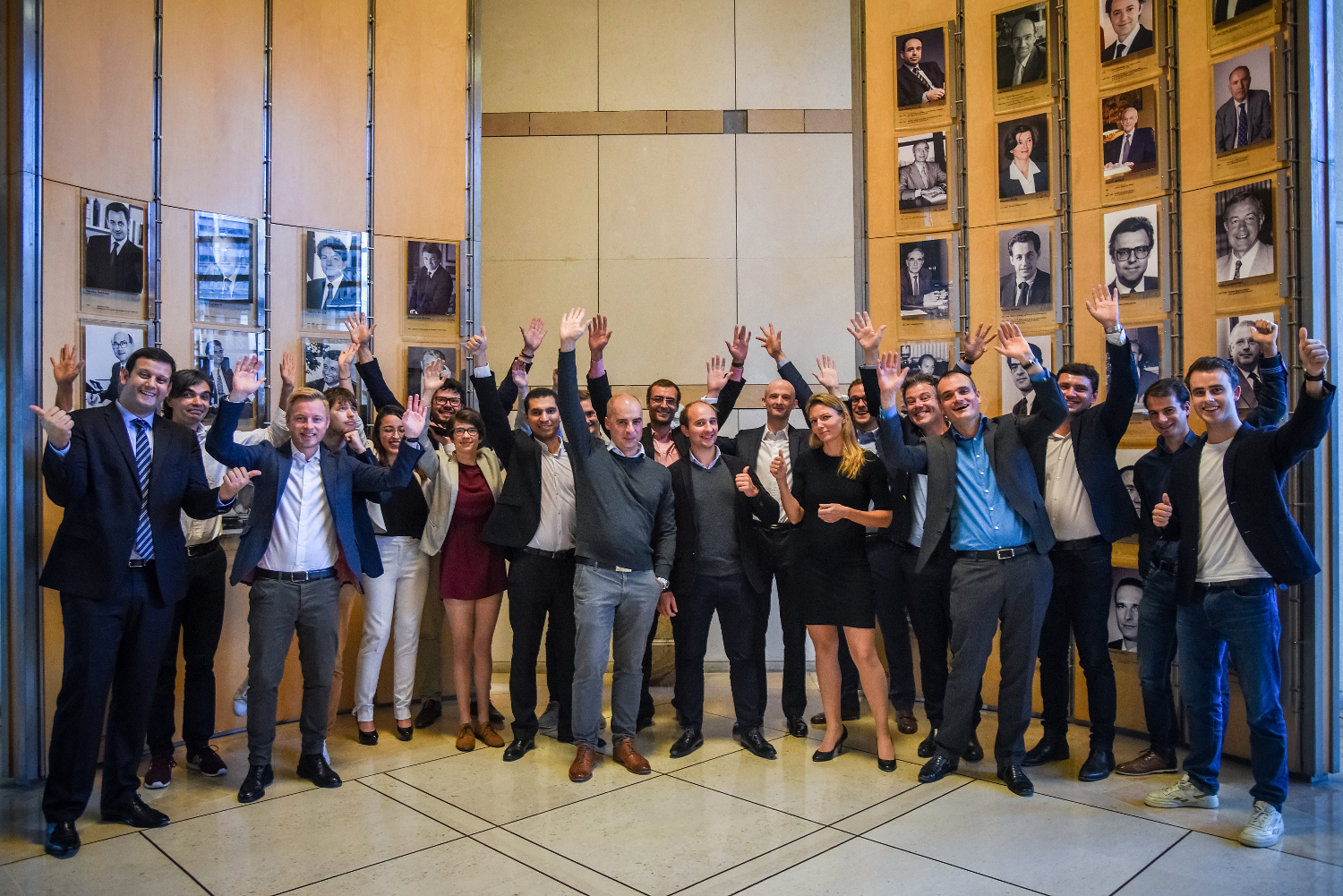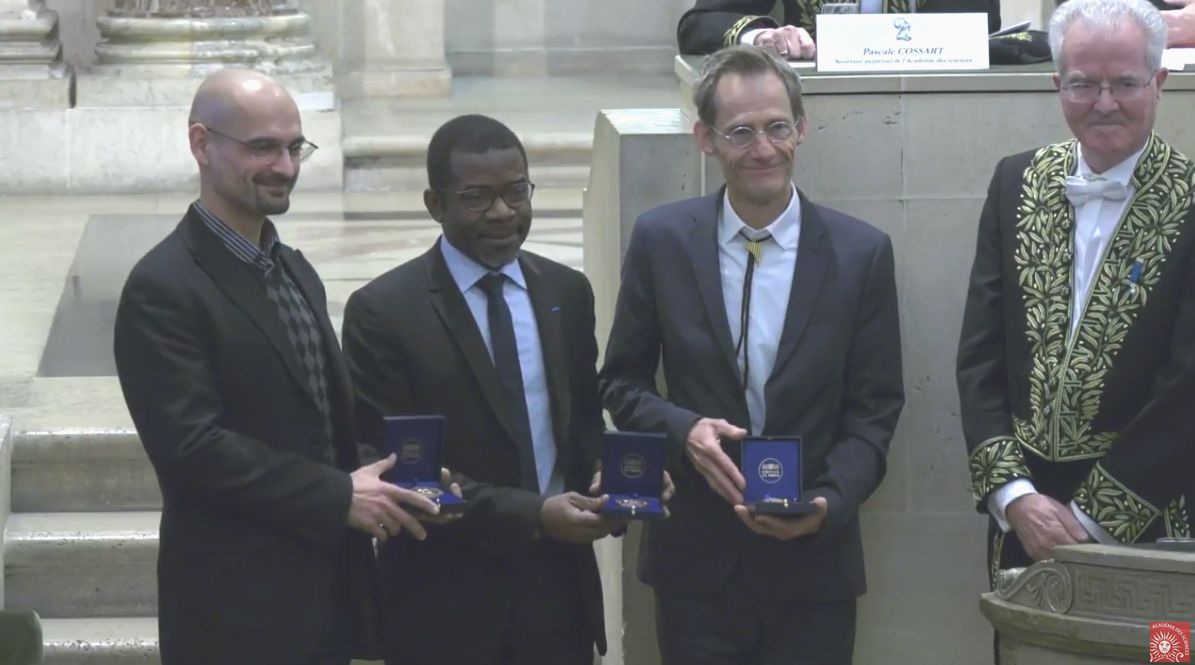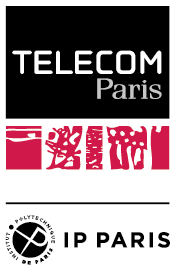SPARTA: defining cybersecurity in Europe
The EU H2020 program is continuing its efforts to establish scientific communities in Europe through the SPARTA project dedicated to cybersecurity. This 3-year project will bring together researchers to take up the new cybersecurity challenges: providing defense against new attacks, offering protection in highly-connected computing environments and artificial intelligence security. Hervé Debar, a researcher in cybersecurity at Télécom SudParis participating in SPARTA, explains the content of this European initiative led by the CEA, with the participation of Télécom ParisTech, IMT Atlantique and Mines Saint-Etienne.
What is the goal of SPARTA?
Hervé Debar: The overall goal of SPARTA is to establish a European cybersecurity community. The future European regulation on cybersecurity proposes to found a European center for cybersecurity competencies in charge of coordinating a community of national centers. In the future, this European center will have several responsibilities, including leading the R&D program for the European Commission in the field of cybersecurity. This will involve defining program objectives, calls for proposals, selecting projects and managing their completion.
What scientific challenges must the SPARTA project take up?
HD: The project encompasses four major research programs. The first, T-SHARK, addresses the issue of detecting and fighting against cyberattacks. The second, CAPE, is aimed at validating security and safety features for objects and services in dynamic environments. The third, HAII-T, offers security solutions for hardware environments. Finally, the fourth, SAFAIR, is aimed at ensuring secure and understandable artificial intelligence.
Four IMT schools are involved in SPARTA: Télécom SudParis, IMT Atlantique, Télécom ParisTech and Mines Saint-Étienne. What are their roles in this project?
HD: The schools will contribute to different aspects of this project. The research will be carried out within the CAPE and HAII-T programs to work on issues related to hardware certification and security, or the security of industrial systems. The schools will also help coordinate the network and develop training programs.
Where did the idea for this project originate?
HD: It all started with the call for proposals by the H2020 program for establishing and operating a pilot cybersecurity competencies network. As soon as the call was launched, the French scientific community came together to prepare and coordinate a response. The major constraints were related to the need to bring together at least 20 partners from at least 9 countries to work on 4 use cases. The project has been established with four national communities: France, Spain, Italy and Germany. It includes a total of 44 partners from 13 countries to work on 4 R&D programs.
Which use cases will you work on?
HD: The project defines several use cases—this was one of the eligibility requirements for the proposal. The first use case is that of connected vehicles, verifying their cybersecurity and operational safety features, which could be integrated into a test vehicle like EuroNCAP. The second use case will look at complex and dynamic software systems to ensure user confidence in complex computer systems and study the impact of rapid development cycles on security and reliability. The intended applications are in the areas of finance and e-government. Other uses cases will be developed over the course of the project.
What will the structure and coordination look like for this SPARTA community?
HD: A network of organizations outside SPARTA partners will be required to coordinate the community. The organizations that have been contacted are interested in the operations and results of the SPARTA project for several reasons. Two types of organizations have been contacted: professional organizations and public institutions. In terms of institutions, French regions, including Ile-de-France and Brittany, are contributing to defining the strategy and co-funding the research. In terms of professional organizations, the ACN (Alliance pour la Confiance Numérique) and competitiveness clusters like Systematic help provide information on the needs of the industrial sector and enrich the project’s activities.
[divider style=”solid” top=”20″ bottom=”20″]
SPARTA: a diverse community with bold ambitions
The SPARTA consortium, led by the CEA, brings together a balanced group of 44 stakeholders from 14 Member States. In France, this includes ANSSI, IMT, INRIA, Thales and YesWeHack. The consortium is seeking to re-imagine the way cybersecurity research, innovation, and training are performed in the European Union through various fields of study and expertise and scientific foundations and applications in the academic and industrial sectors. By pooling and coordinating these experiences, competencies, capacities and challenges, SPARTA will contribute to ensuring the strategic autonomy of the EU.
[divider style=”solid” top=”20″ bottom=”20″]



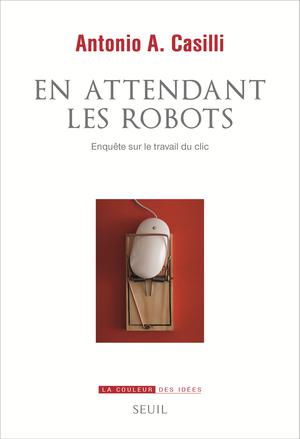 En attendant les robots, enquête sur le travail du clic (Waiting for Robots, an Inquiry into Click Work)
En attendant les robots, enquête sur le travail du clic (Waiting for Robots, an Inquiry into Click Work)